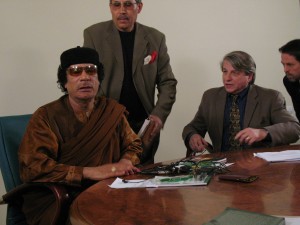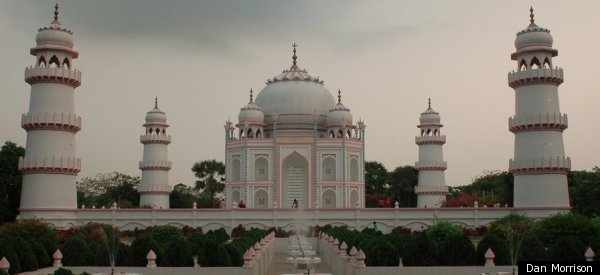This piece first appeared at National Geographic, and was updated Saturday night.
G.D. Agrawal is determined to die.
“At the moment I am quite resigned to my fate,” Agrawal, the 80-year-old dean of India’s environmental engineers, tells me by phone from his hospital bed in the holy city of Varanasi.
Agrawal hasn’t eaten since February 8. He hasn’t taken a drink of water since March 8; an intravenous drip of dextrose and vitamins keeps him lucid.

Continue reading “Dying for the Ganges: A Scientist Turned Swami Risks All”








